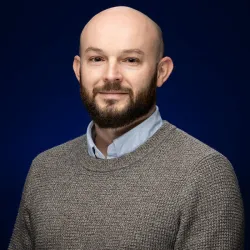
Matteo Crismani, associate professor of physics and astronomy and director of the Murillo Family Observatory, led an international research team that solved a decade-old Martian phenomenon that once baffled planetary scientists. Their new study shows that mysterious high-altitude “plumes” seen above Mars were ordinary twilight clouds viewed from a unique angle.
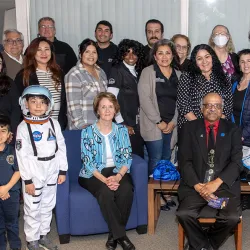
Former astronaut and physicist Kathryn C. Thornton was the guest speaker for the College of Natural Sciences’ Gerald M. Scherba Lecture Series, which took place via livestream and in-person at the John M. Pfau Library. Thornton delighted the audience with humorous and fascinating anecdotes and insights from her illustrious career at NASA.
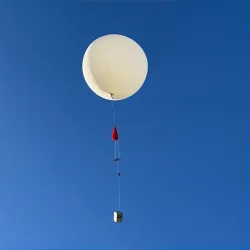
The Jet Propulsion Laboratory installed a lidar system on campus, near the Facilities Management building, to measure the vertical distribution of pollution, focusing on ozone and aerosols. It is part of a broader effort to enhance scientists’ knowledge of pollution in mountainous regions, where unique atmospheric dynamics are at play.
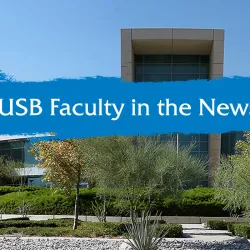
Angela Clark-Louque (education) will be honored at the Leading While Female Conference this weekend, the research of Matteo Crismani (physics and astronomy) will be part of the Japan Aerospace Exploration Agency’s Martian Moons eXploration mission, and Annika Anderson (sociology) and Rigaud Joseph (social work) led the CSUSB Project Rebound team in a study of career building among formerly incarcerated college graduates.
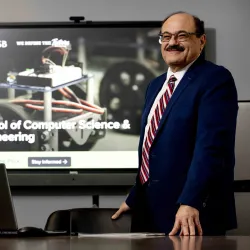
Khalil Dajani, chair and a professor at the CSUSB School of Computer Science and Engineering, focuses on working to create internships, research and job opportunities for CSUSB students in computer science.
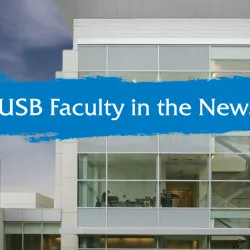
Laura Woodney (physics and astronomy), Ryan Keating (history), Michael Karp (history), Sarah Dunn (kinesiology), Pablo Gomez (psychology), Deirdre Lanesskog (social work), and Brian Levin (criminal justice) were mentioned in recent news coverage.
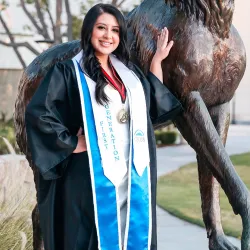
After graduating in spring 2020 with a B.A. in communication studies, Elena Johnson joined several other CSUSB alumnae at NASA, where she works for the storied NASA Armstrong Flight Research Center at Edwards Air Force Base as a public affairs specialist.
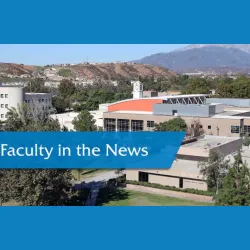
Meredith Conroy (political science), Claudia M. Davis (nursing), David Yaghobian (history), Anthony Silard (public administration) and Laura Woodney (physics and astronomy) were included in recent news coverage.
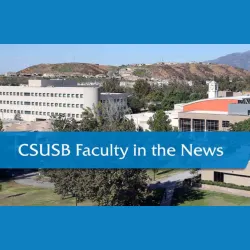
Laura Woodney (physics and astronomy) discusses the findings of a team she led regarding centaurs, icy bodies flying through space, and David Yaghoubian (history) was interviewed about the Iranian foreign minister’s comments regarding the U.S. presidential election.